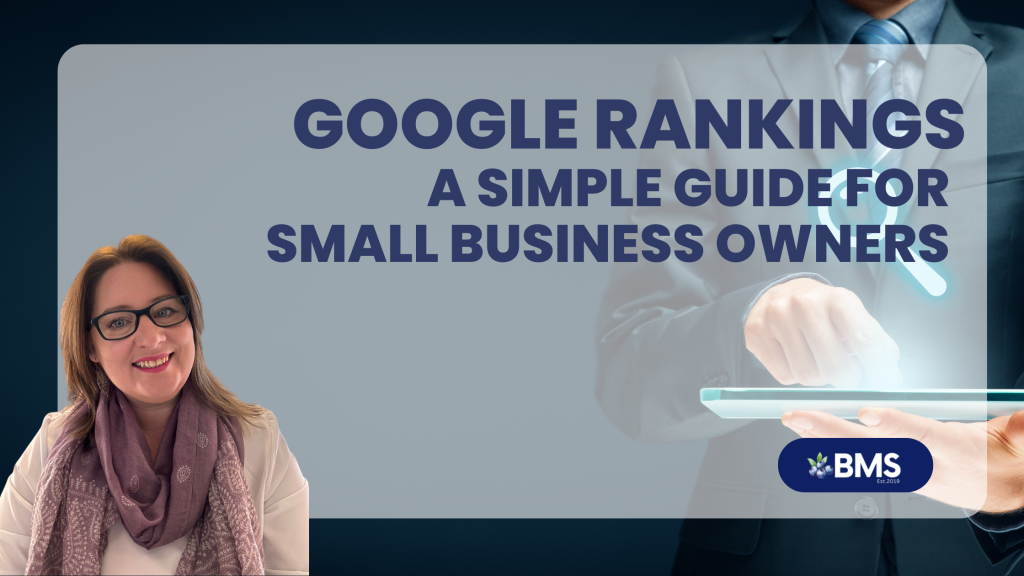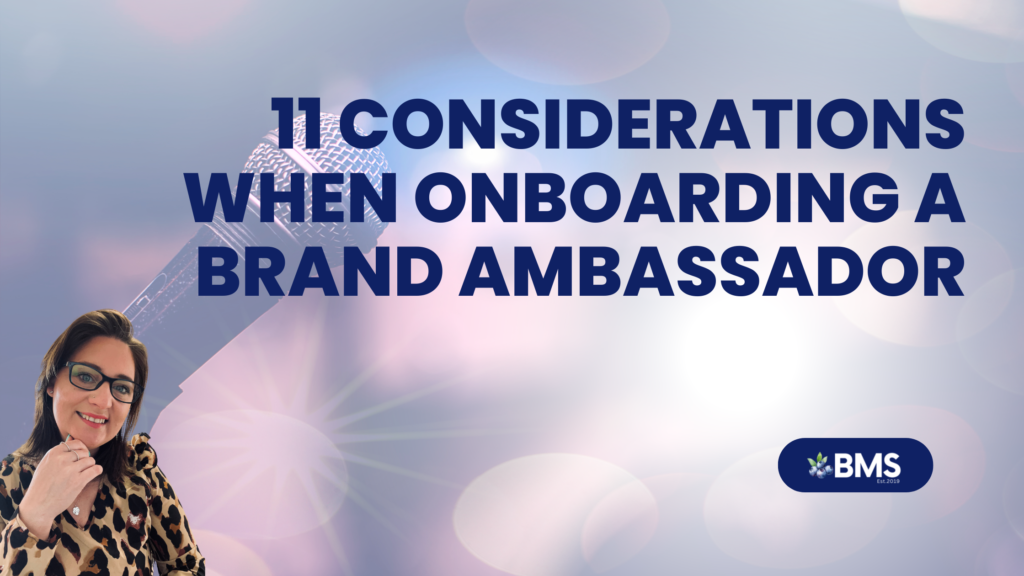Google Rankings: A Simple Guide for Small Business Owners
You did it. You took the leap, invested an arm, leg and eye tooth for your website, and it isn’t at the top of Google Search Page. WHY??!?!?!?! Having a strong online presence is essential for small businesses to thrive. And when it comes to being found online, Google reigns supreme. But how exactly does your business show up first on Google when potential customers search for your industry? It’s not as simple as just having a website. Buckle up, let’s dive into the world of Google rankings and uncover some key strategies for small business owners. Understanding How Google Ranks Websites Google uses complex algorithms to determine the order in which websites appear in search results. These algorithms consider hundreds of factors to determine relevance, authority, and user experience. While the exact formula is a closely guarded secret, there are some key elements that influence your website’s ranking: Relevance: Google aims to provide users with the most relevant results for their search queries. This means your website’s content should match what people are searching for. If you run a bakery, for example, your website should include information about your products, services, and location. Authority: Google also considers the authority of your website. This is determined by factors such as the number of quality backlinks (links from other reputable sites pointing to yours), the quality of your content, and your website’s overall trustworthiness. User Experience: A seamless user experience is crucial for high rankings. This includes factors such as website speed, mobile-friendliness, and easy navigation. Google wants to ensure that users have a positive experience when visiting your site. Keywords: Keywords play a vital role in helping Google understand what your website is about. By strategically incorporating relevant keywords into your content, meta tags, and headings, you can improve your chances of ranking for specific search queries. Strategies to Improve Your Google Ranking Now that we understand the factors that influence Google rankings, let’s explore some practical strategies to help your small business show up first on Google: Optimise Your Website: Ensure that your website is well-optimised for search engines. This includes using relevant keywords, creating high-quality content, and optimising meta tags and headings. Build Quality Backlinks: Focus on building quality backlinks from reputable websites in your industry. This can help improve your website’s authority and increase its chances of ranking higher in search results. Improve User Experience: Make sure your website is user-friendly and accessible across all devices. Invest in fast loading times, intuitive navigation, and mobile responsiveness to enhance the user experience. Create High-Quality Content: Content is king when it comes to SEO. Create informative, engaging, and relevant content that addresses the needs and interests of your target audience. This not only helps improve your Google ranking but also establishes your business as an authority in your industry. Stay Updated: Keep abreast of changes in Google’s algorithms and adjust your SEO strategy accordingly. SEO is an ongoing process, and staying updated with the latest trends and best practices is essential for success. So What Does This All Mean?? While achieving the top spot on Google when you see what needs to be done, feels like a daunting task, it’s entirely achievable with the right strategy and execution. Remember, Rome wasn’t built in a day, and neither is your Google ranking. So, while you’re eager to make those millions, remember that success will come with time, patience, and a sprinkle of SEO magic. With dedication and a solid SEO strategy, your business can climb the ranks and attract more organic traffic, ultimately leading to increased visibility and growth.
Google Rankings: A Simple Guide for Small Business Owners Read More »







